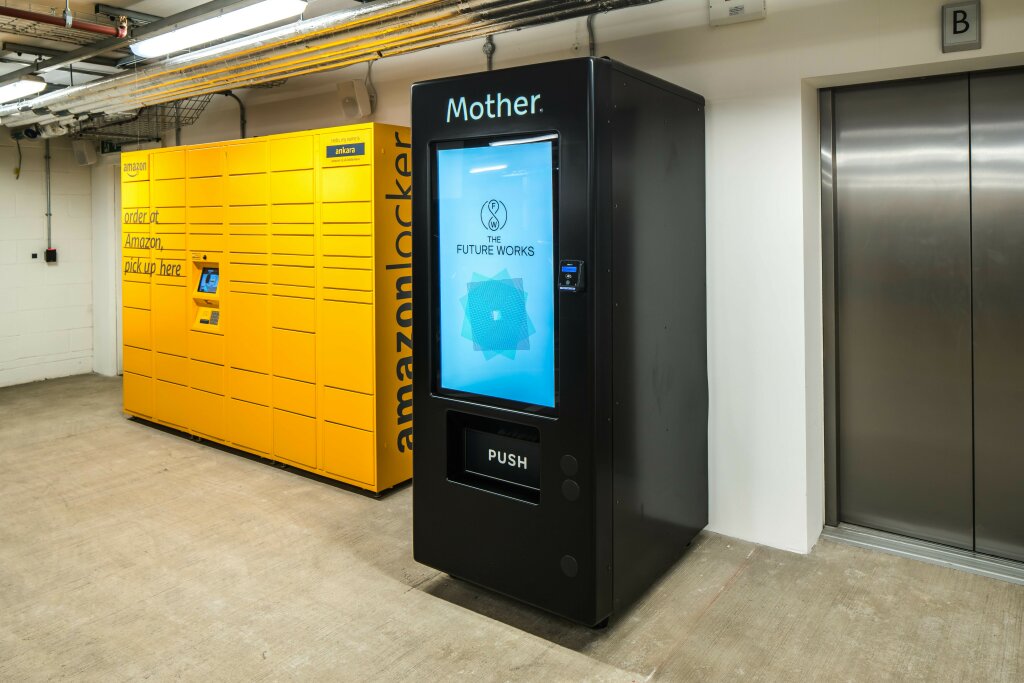Offices could need to undergo the same type of revolution as retail.
2020 was a landmark year for the office. With many people spending more days working from their studies, kitchen tables, sofas and bedrooms than their usual place of work, the inevitable debates about the future of the office resurfaced.
Despite 2021 starting with another national lockdown, most have concluded the office is more important than ever and that working from home – while a nice change sometimes and good for certain people working on certain tasks – is not a viable, or even desirable, long-term solution for everyone.
The fact is, what we want from offices has been changing for some time. Historically, there was a need to go to the office because that was where our phones, typewriters, fax machines and filing cabinets were. Even in more recent times, many office workers had been using landline phones, desktop computers and files held on a physical server that were not always easy to access remotely.
Yet now, with the cloud, most homes having reasonable internet speeds and most people working from a laptop and a mobile phone, the office’s USP is no longer providing the infrastructure to enable us to work.
To remain relevant, the role of the office now needs to pivot into a social hub, a place for collaboration and creativity, and a tool for instilling culture across a workforce.
Experience, wellness, flexibility, sustainability and community were already concepts influencing the design and management of the best office buildings. In a post-COVID era, they will be more important than ever.
Differentiating through tech
AshbyCapital has been integrating new tech into The Future Works in Slough. Technology is the key to making buildings fit for purpose as we look to the future of the workplace. Platforms such as Smart Spaces, which we have recently adopted across our portfolio, enhance workplace experience, enabling occupants to create a healthy and productive working environment, making booking facilities easy and creating a sense of community by facilitating communication between tenants and with building managers.
Tenants can control lighting, blinds, heating and cooling via their mobile phones to create the perfect setting to work effectively; they can monitor energy use, helping them to make changes that lead to a reduced carbon footprint; and they can minimise touch points and avoid infection thanks to contactless access from street to office floor and the ability to call a lift without touching any buttons. They can also issue QR codes to external visitors for contactless check-in, monitor air quality, and see occupancy in different areas of the building.
This is not just technology for the tallest buildings in the world’s largest capital cities; from The Colmore Building in Birmingham to The Future Works in Slough, we believe this kind of technology needs to be built in to all office buildings, offering occupants an easy, positive and enjoyable experience and a working environment that’s worth leaving home for.
2020 may well be remembered as the year we stayed at home. But it may also be remembered as the year we truly realised the value of technology – in helping us to stay in touch with friends, family and colleagues, in helping us to work from anywhere, and in helping us keep safe in the face of a potentially life-threatening virus.
Just as technology transformed the retail sector – with casualties along the way – it also has the power to transform our office buildings. And similar to retail, the developers and businesses that embrace it and incorporate it within their activity will be the winners, while those who fail to adapt may face tricky times ahead.
